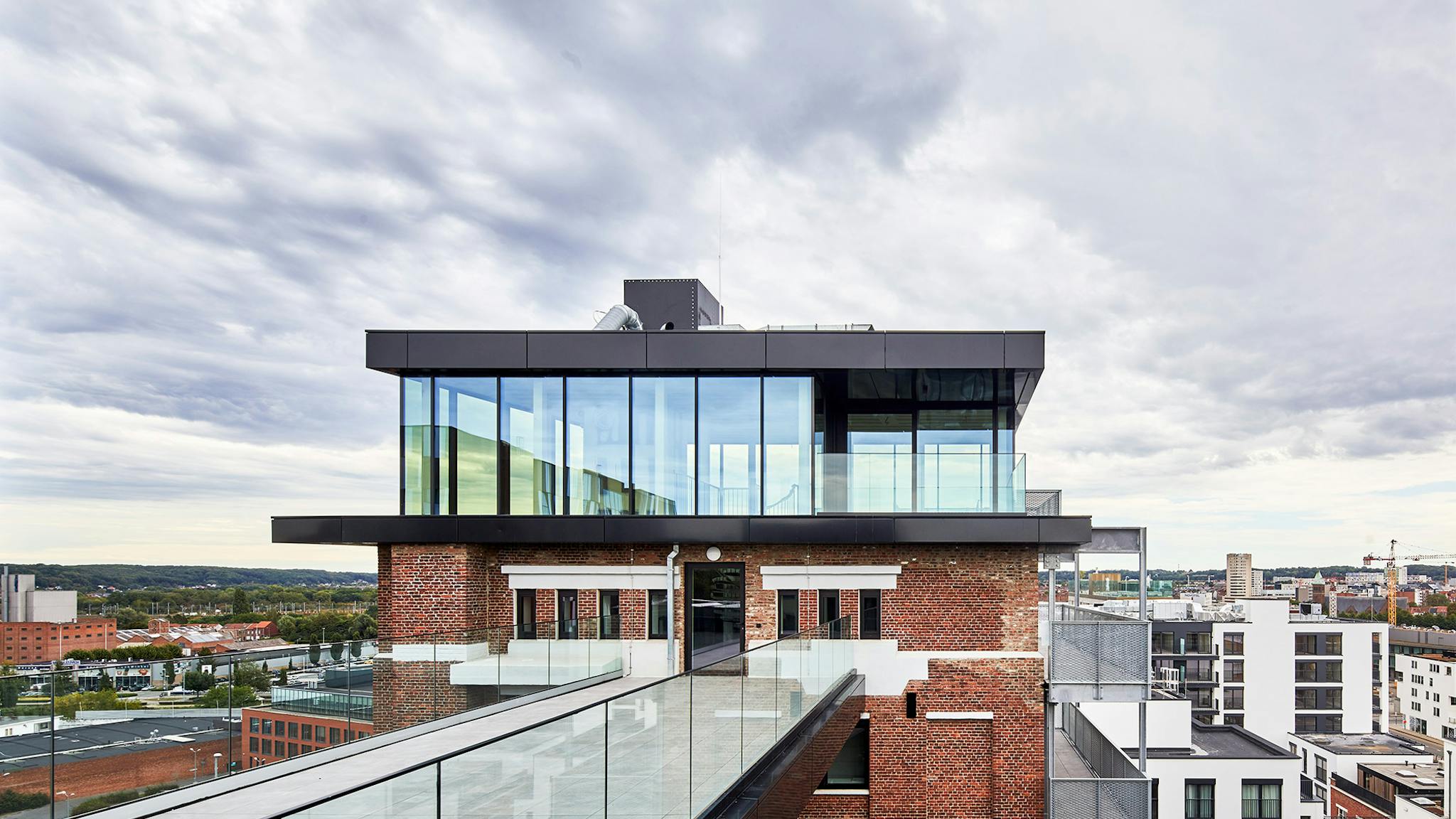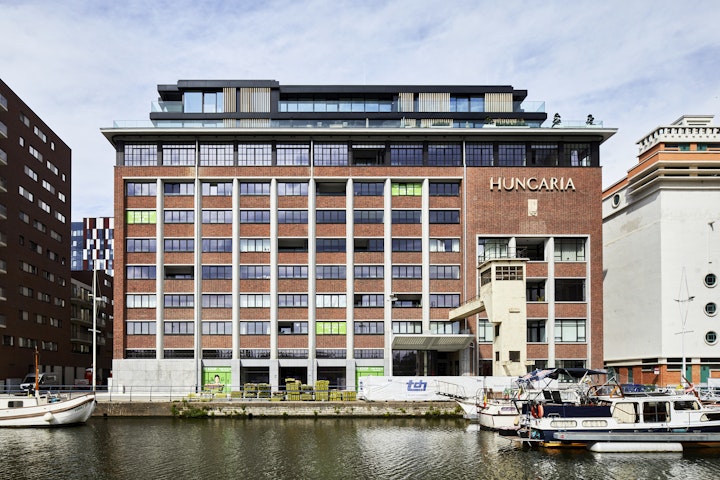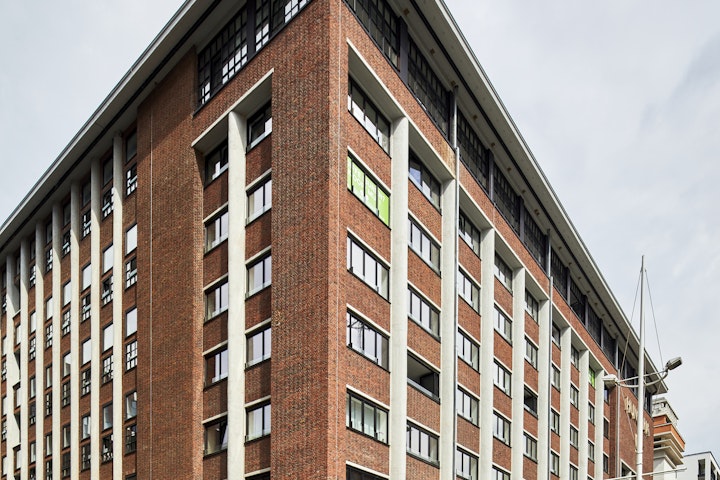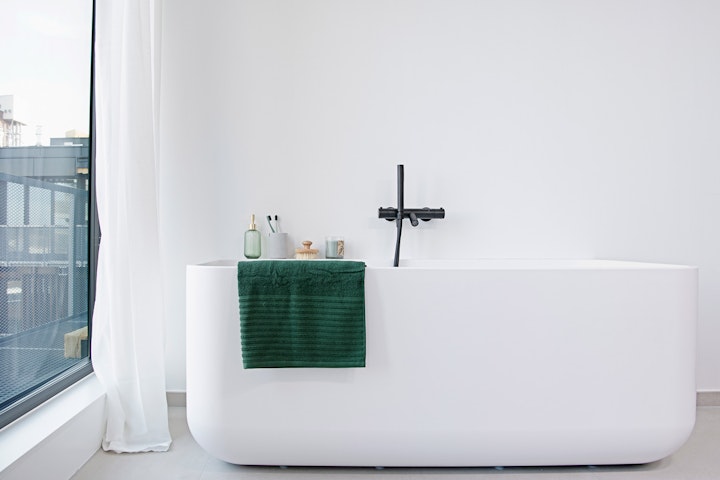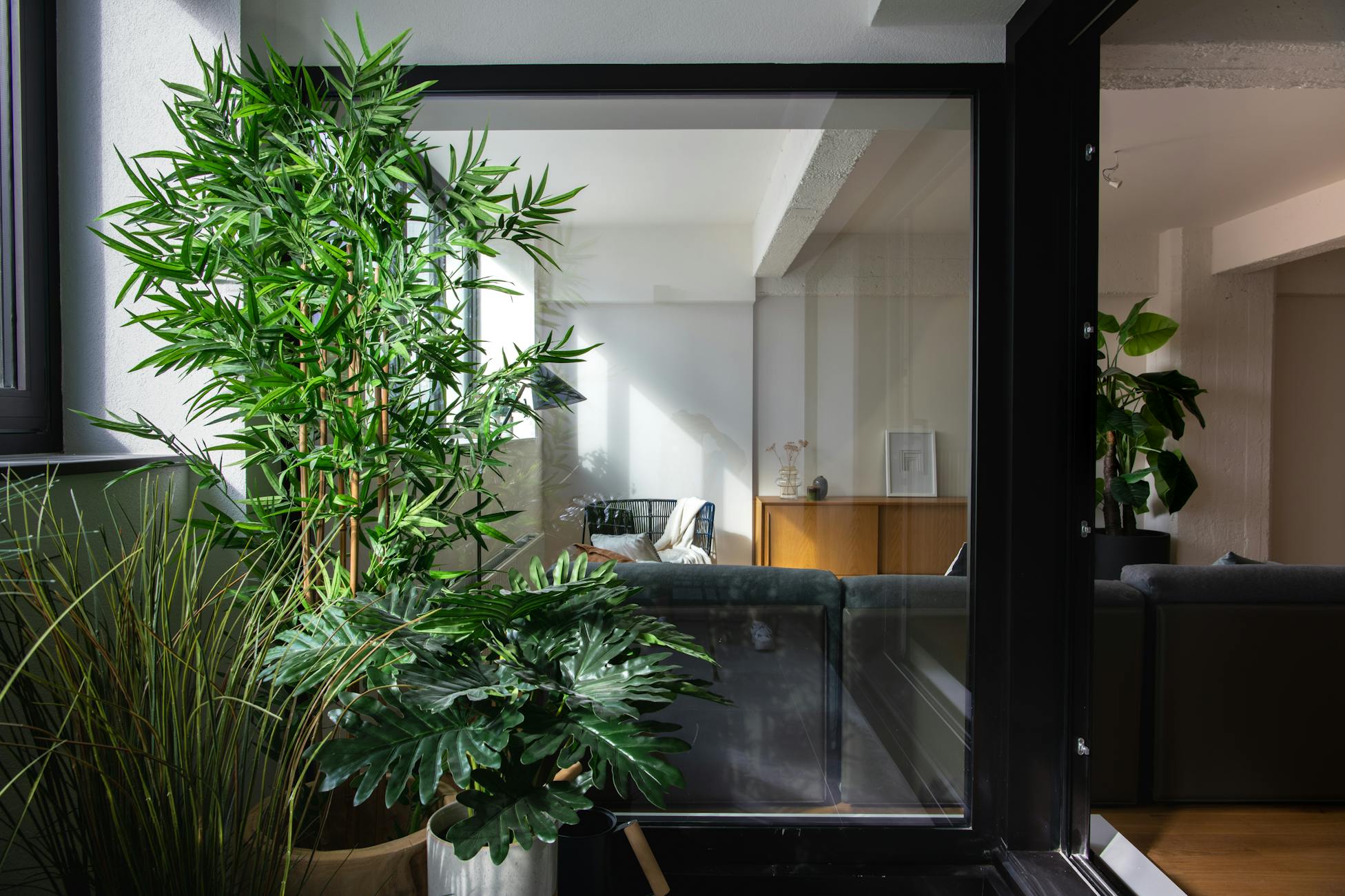A Leuven legend
The Hungaria Building has been making history for years now – the eponymous company used the building for a long time to process grain and to ship it all over Europe. In 1946, after the devastation of the war, it was reopened in its current structure and design. No industrial activity has taken place in the Hungaria Building for quite some time now. In recent years, it has been predominantly home to offices, commercial enterprises and hotel/restaurant owners. This change is the driving force behind the revaluation of the entire area.
In recent years, several buildings on the Vaartkom were transformed from industrial warehouses to apartment buildings and offices.
Authenticity with contemporary touches
The existing Hungaria structure will be preserved as much as possible, a testimony to the building’s industrial past. However, it is the combination of this authentic, raw husk with the modern, minimalistic additions that will lead to a unique result. Several new buildings will be added next to the existing buildings, and two-story penthouses, completely in glass, will be added on top of the existing constructions – an intriguing interplay between old and new that takes the totality to the next level.
Something for everyone
The project consists of 80 studios with mezzanines and concept furnishings so that space is utilised optimally. In addition, there are 62 apartments of various sizes, each one with its terrace. On top of the existing structure there are two extra levels containing 17 penthouses with phenomenal views of the city of Leuven. On the ground floor, there are 6 commercial spaces. Despite this modernization, the authentic elements of the old industrial building were preserved as much as possible during the renovation of Hungaria.
The monumental vertical lines, the typical brickwork and the many window frames – which were replaced in the new facade exactly as they were and in conformity with the latest sustainability standards – will also continue to emanate the allure of nineteenth-century Leuven. The large, sumptuous entrance hall, sturdy, rough beams and ceilings will also permanently make us look back on the rich history of the Hungaria Building.
Sustainability
The reconversion of an existing building is the pinnacle of sustainability. To LIFE, sustainability is about much more than insulation and reducing the energy consumption of a building. Sustainability is a comprehensive approach that must be addressed at the societal level. To the greatest extent possible, every square metre that has already been built must be preserved and made more sustainable. Therefore, from a sustainability standpoint, the unreasoned demolition of existing patrimony is unacceptable.
Sustainability is about life-cycle cost and calling a halt to the consumer society. The preservation of buildings like these is therefore a strong impetus to reflect on the true meaning of the word ‘sustainability’ – safeguarding the world and society of tomorrow.
Soul
Hungaria is in many ways a model project of what LIFE stands for as a developer. Steering clear of sacred cows, taking an out-of-the-box approach and prizing creativity, LIFE has succeeded in achieving a quality of life that is unique nowadays – identity, character, soul, the spirit of a rich history combined with high-quality and contemporary, new-construction architecture. The preservation of the building’s authentic identity, on the one hand, and compliance with all current sustainability requirements, on the other, was an immense challenge that resulted in indisputable added value for the cityscape of Leuven for the next 100 years.
